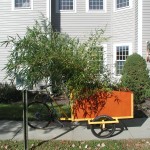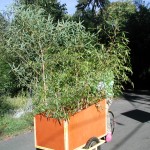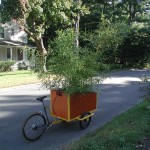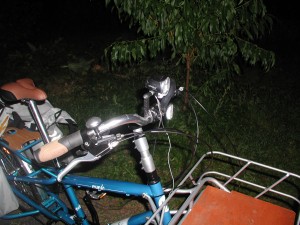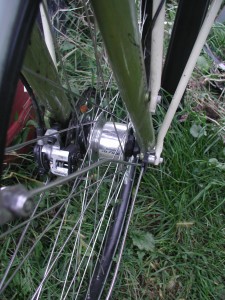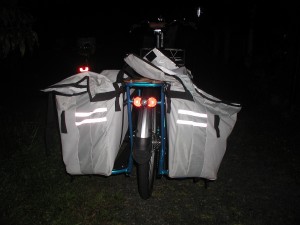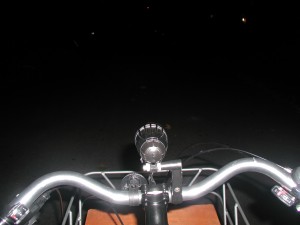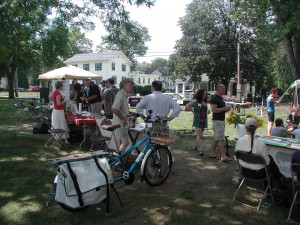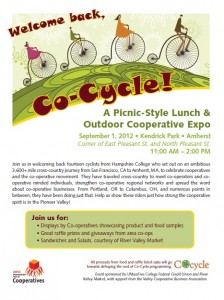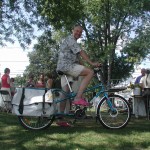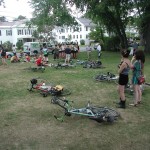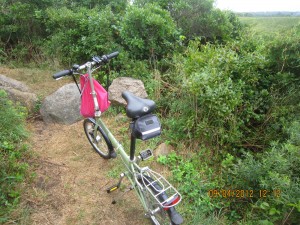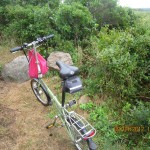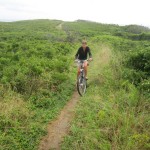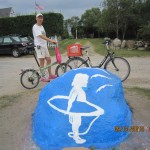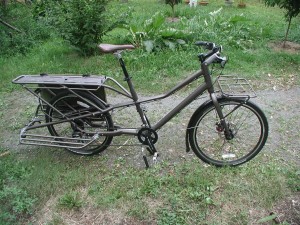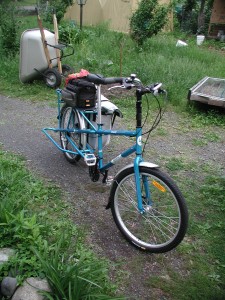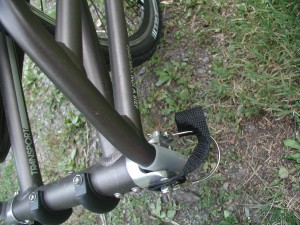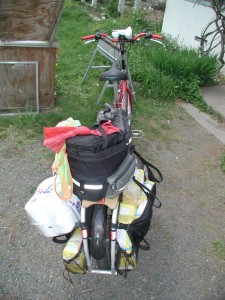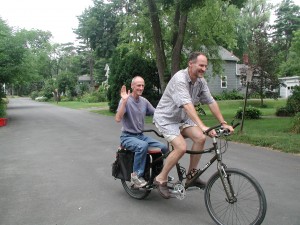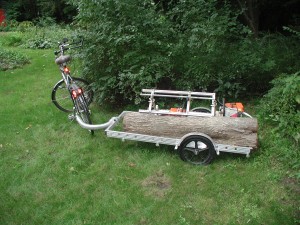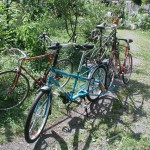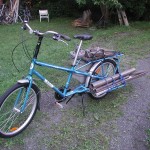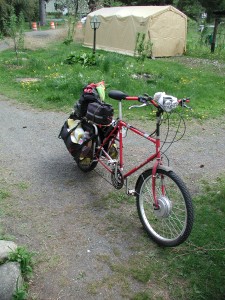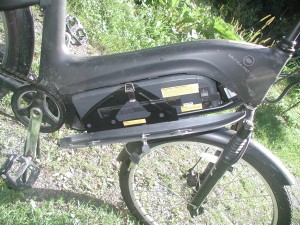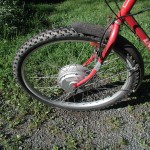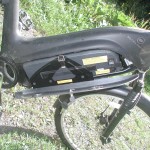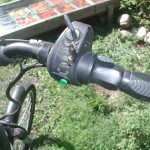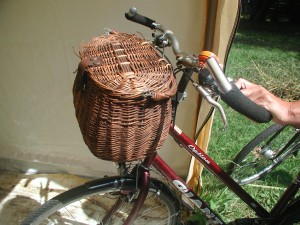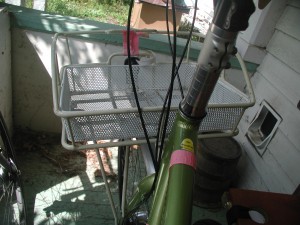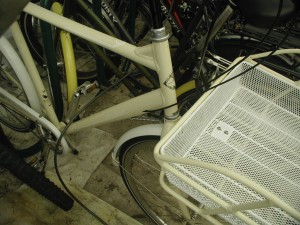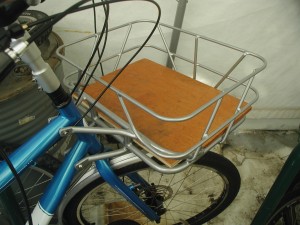 Bamboo is one of the most useful and used plants on earth, and it also has a unique look especially in the ‘Western World’ where it is not as well known and cultivated.
Bamboo is one of the most useful and used plants on earth, and it also has a unique look especially in the ‘Western World’ where it is not as well known and cultivated.
Although I live in New England, bamboo actually can be grown here. Yes, outside. Not every kind, but a few of the temperate ones. For a long time I had no idea about that, but once I figured it out, I was determined to grow it myself. That was ten years ago, and since then I have several groves of various Phyllostachys species which I use for garden sticks and building trellises, eating the fresh shoots in the spring, building bicycle trailers from the stronger ones, and even growing little clumps inside.
A few years ago my boss took a like of the small plant I had on my desk, and mentioned I could bring in a few extra to place around the office. That year I harvested several plants, separating them from the grove from areas I didn’t want the grove to spread to. Since these are 5-8 feet tall plants they are awkward to transport in the car.
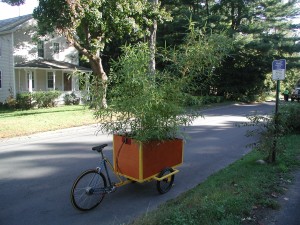 But guess what, I just have the bike to transport them. You have probably seen this bike or, actually, trike earlier in one of my posts, but not for carrying large and unwieldy objects, like a bamboo plant with pots and dirt, so I decided to document my latest journey – by now it is well tested: I have done it a few times in previous years.
But guess what, I just have the bike to transport them. You have probably seen this bike or, actually, trike earlier in one of my posts, but not for carrying large and unwieldy objects, like a bamboo plant with pots and dirt, so I decided to document my latest journey – by now it is well tested: I have done it a few times in previous years.
Every year I replace some of this bamboo collection at work. Some plants change shape over time and don’t fit their location any more, or just don’t look abundant and lively enough, so I get another one, that would fit the bill better, or because I need to get rid of another exploring root with shoots that wandered to somewhere forbidden. So I grab a sharp spade, dig the unwanted piece out, place it into a pot, and off I go for the next one. This year I collected a good few, because last winter was not very harsh, so the plants grew more vigorously. (Plus I have this very pretty variegated type I would like to look at at work…)
Once the growing season is mostly over, I load the plants onto the box trike I like to call Bakfiets remembering good memories from Holland, and wheel them to work three miles away.
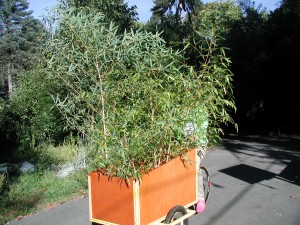 First it always looks like I cannot see the road in front of me. But the wind actually helps, and clears my field of sight out a bit by blowing the top part of the plants toward me. This year it was no different, although the wind was not very strong, once I am on the move it pushes the plants back, especially when I roll down hill a bit faster than on horizontal surface. Several people hollered and honked, I must have been an unusual sight as you can imagine. But along with me, every plant arrived, as you can see below, even if they were rearranged on the way.
First it always looks like I cannot see the road in front of me. But the wind actually helps, and clears my field of sight out a bit by blowing the top part of the plants toward me. This year it was no different, although the wind was not very strong, once I am on the move it pushes the plants back, especially when I roll down hill a bit faster than on horizontal surface. Several people hollered and honked, I must have been an unusual sight as you can imagine. But along with me, every plant arrived, as you can see below, even if they were rearranged on the way.
And to give you a special insight about the results of my efforts, I also included some pictures about how the plants looked once they got inside the office.


